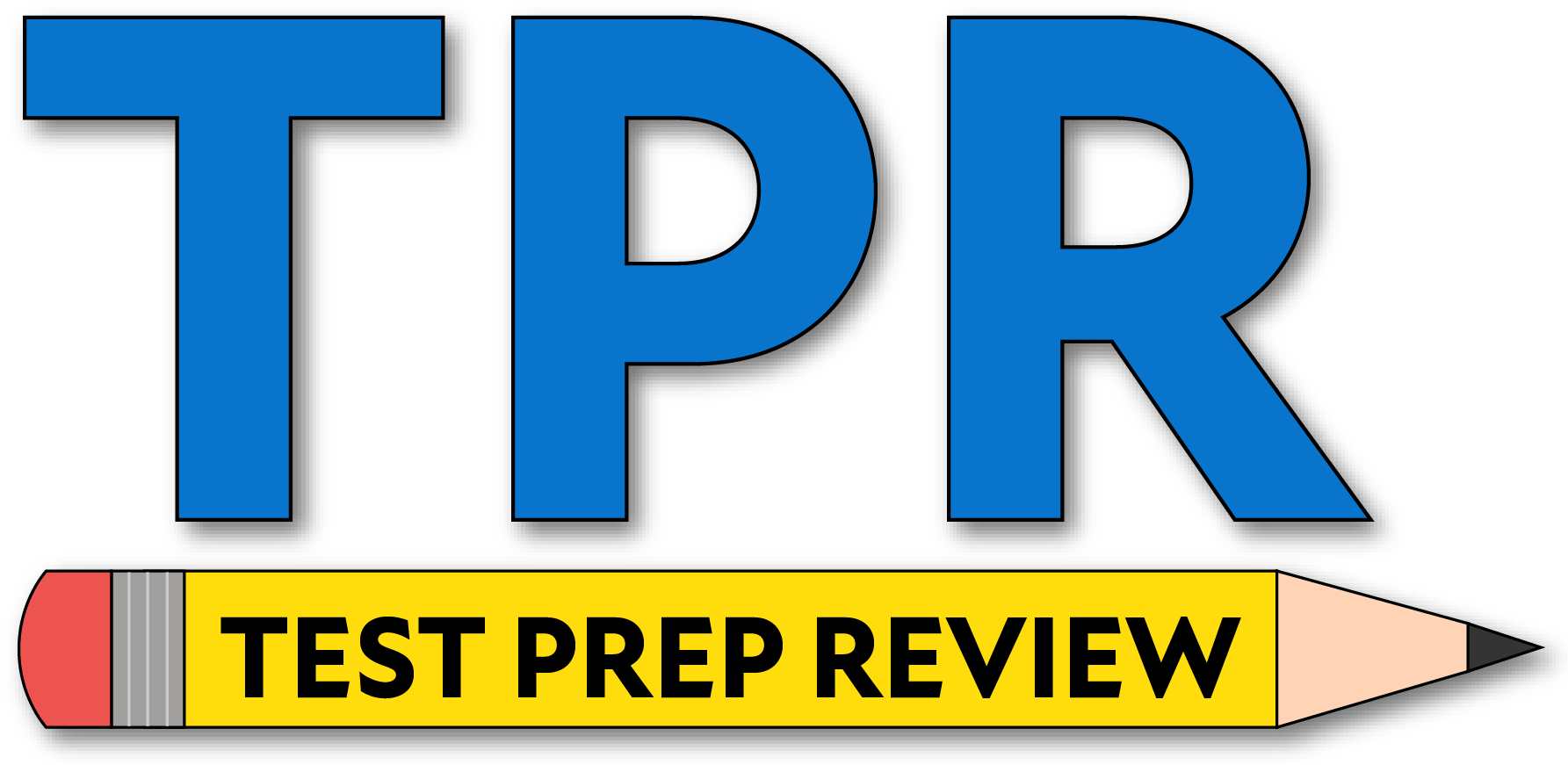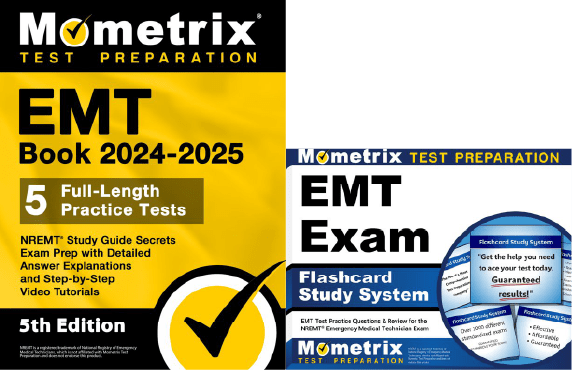If you need help studying for the Emergency Medical Technician (EMT) exam or just want some more information about what the exam is like, you’ve come to the right place.
Click below to take a free EMT practice test!
What’s on the Exam?
How to Register
Exam Scores
Retaking the Exam
EMT Online Course
What Test-Takers Are Saying
FAQs
EMT Eligibility
Before you can begin the registration process, you’ll need to make sure you meet the necessary eligibility requirements:
- You need to complete a state-approved EMT course
- You need to have a current CPR-BLS for Healthcare Provider credential (or an equivalent)
- You need to complete the National Registry cognitive exam
- You need to complete a state-approved psychomotor exam
Once you’ve met all of the above requirements, you can register for the exam!
What’s on the Exam?
First, let’s talk about the questions on the exam. There are between 70 and 120 questions total, but 10 of the questions will not count toward your score. Why is that?
The 10 unscored questions on the EMT exam are called “pilot” questions. These are added to the exam to determine if they’re good enough questions to add to future versions of the test.
The trick is that you won’t have any way of knowing which questions are scored and which ones are pilot. They will appear just like the scored questions throughout the test.
The time limit for the exam is 2 hours. You can take a break any time you want, but the timer will not be stopped.
Let’s take a closer look at the different sections of the EMT exam.
Scene Size-Up & Safety
15%-19% of the exam
- Planning safe, effective operations before arrival
- Protecting responders, patients, the public, and the scene from hazards
- Donning appropriate PPE
- Locating and triaging patients
- Requesting the right resources for the situation
Primary Assessment
39%-43%
- Establishing rapport and a general impression
- Assessing level of consciousness, airway, breathing, and circulation
- Identifying the chief complaint and life threats
- Obtaining baseline vitals/diagnostics
- Determining the need for rapid treatment/transport or additional resources
Secondary Assessment
5%-9%
- Performing focused exam, history, and interviewing to refine the care plan
- Reassessing prior findings and interventions to identify any changes in condition
Patient Treatment & Transport
20%-24%
- Managing airway/ventilation/oxygenation and cardiovascular status
- Providing motion restriction for musculoskeletal injuries
- Administering medications
- Adapting care for special populations
- Managing transport
- Communicating pertinent patient information
Operations
10%-14%
- Maintaining equipment in working order
- Keeping adequate medication/supply inventory
- Completing proper documentation
- Supporting responder well-being and safety
Computer-Adaptive Testing (CAT)
The EMT exam is a computer-adaptive test. Basically, this means that the questions will become harder or easier as you go through the exam, based on how well you’re answering the questions.
For example, say you answered the first question correctly. The first question is of medium difficulty, so the next question will be slightly harder. Then, let’s say you answered the second question incorrectly. The next question would then be a medium question.
How to Register
To get started with the registration process, you’ll need to create an account on the NREMT® website. You can then submit an application through your account.
When your application is approved, you’ll be able to print your Authorization to Test (ATT) letter. This will give you all the information you need to set up a testing appointment.
Exam Scores
The EMT exam is scored using a scaled scoring method. Here’s how it works:
For every question you answer correctly, you get one point added to your raw score. At the end of the test, your final raw score will be converted to a scaled score. This scaled score will range somewhere between 100 and 1500.
The reason your raw score is converted to a scaled score is because everyone who takes the test is given a slightly different set of questions. Since everyone has a different arrangement of questions, and because some questions are harder than others, converting your raw score to a scaled score ensures a more even playing field.
Retaking the Exam
If you didn’t get a passing score on your first try, that’s okay! You can take the exam again after a 15-day waiting period.
Keep in mind that after six attempts, you’ll have to retake the entire EMT course from a state-approved program before you can register for another attempt.
Online EMT Prep Course
If you want to be fully prepared, Mometrix offers an online EMT prep course. The course is designed to provide you with any and every resource you might want while studying. The EMT course includes:
The EMT Prep Course is designed to help any learner get everything they need to prepare for their EMT exam. Click below to check it out!
What Test-Takers Are Saying
Don’t just take our word for it! See what real test-takers are saying about the EMT exam:
“When you are done with all the questions, come back to the ones you skipped. Some will have been answered for you in the text of subsequent questions.”

Jody, Paramedic
Quora
“Know the difference between compensated and decompensated shock. A trauma patient with a rapid heart rate and an okay BP is in compensated shock. Decompensated shock is a late sign, and a bad thing. Also, know your expected vital signs.”

Dana
Quora
“My word of advice is to make sure you’re learning the proper reasoning behind the questions. Don’t memorize—actually UNDERSTAND what is going on.”

ExtremelyEZ, EMT
“Know your baseline vital signs. You’ll definitely need to know these since most scenarios include blood pressure and heart rate. Know what a low blood pressure with a slow heart rate is, and so forth.”

Nicole, EMT
Quora
FAQs
How many questions are on the EMT exam?
The exam contains between 70 and 120 questions.
What is the time limit for the EMT exam?
The exam is timed at 2 hours.
What is a passing score for the EMT exam?
The passing score is 950.
How much does the EMT exam cost?
The testing fee is $104.
NREMT is a registered trademark of National Registry of Emergency Medical Technicians, which is not affiliated with Mometrix Test Preparation and does not endorse this page.



 EMT Online Course
EMT Online Course EMT Study Guide
EMT Study Guide EMT Flashcards
EMT Flashcards


